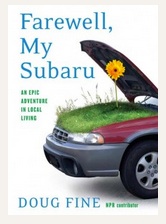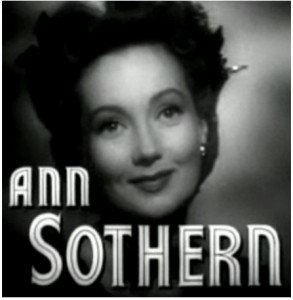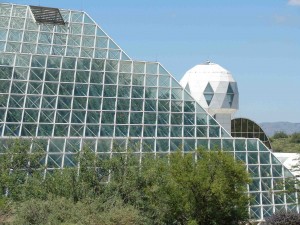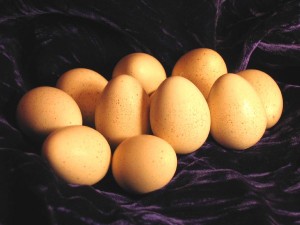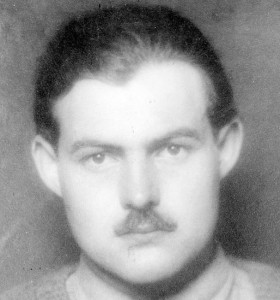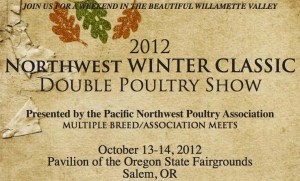
The PNPA Winter Show is VERY worth the visit. Only an hour from Portland, Oregon, at the Oregon State Fairgrounds. It’s a great show!
The Pacific Northwest Poultry Association (PNPA) is holding their annual Winter Show this year in Salem, Oregon at the Oregon State Fairgrounds and that means…
Fairy Chickens!
also known as Modern Game Bantams….
Gorgeously, seriously, far-out weird chickens that I have fallen in love with.
We joined the PNPA when we first came to Portland in this way: Andrew visited Pistils Nursery to see if they wanted to stock my book, Just a Couple of Chickens, in 2010. There he met Michelle Koppe, who is a chicken-networker-raiser-expert-healer of extraordinary skill. Michelle invited me to give a presentation at the PNPA monthly meeting, which I did – about the small business, called www.TheFeatheredEgg.com, that I started in Santa Fe, New Mexico to sell blown eggs and natural feathers from my chickens, which I had ordered in the mail… a bookworthy adventure. That’s what my book was about, and the PNPA gifted us with a membership and we were hooked. We attended their spring show, out in Stevenson, WA, and now their show is down in Salem, in the much larger venue offered by the state fairgrounds.
By attending these shows, masterfully presented by the PNPA, I learned what a good chicken show can offer.
First, surprisingly, is chickens.
Just kidding.
It’s not a surprise, but the range of breeds and their colors and shapes and sizes and glamor is surprising. It’s a great place to learn more about the breeds. Second, it’s a great place to meet people who are doing interesting things in the chicken world, and network, learn, source, discover.
There are ususally birds for sale at these shows, and if not the breed you want, there are people’s phone numbers to collect. There are vendors, selling chicken-related gifts, crafts, equipment. There’s a lovely social scene with family-friendly food, and a raffle that is hard to resist. The breeders auction is a place to buy chicks and older poultry that are not usually available for sale.
This winter show, on October 13 – 14th, 2012, is special because it hosts multiple breed associations as well. A chance to see so much variety under one roof (literally) that it’s a must-see. For backyard chicken farmers, poultry shows are the very best place to go see what backyard poultry can be. A great place to get a chicken, a great place to learn about chickens without getting a chicken. Or duck. Or Turkey. Or Goose. I love poultry shows, but I especially love THIS poultry show.
(Headsup, if there’s a live rabbit in the raffle… the cage is usually not included…)

